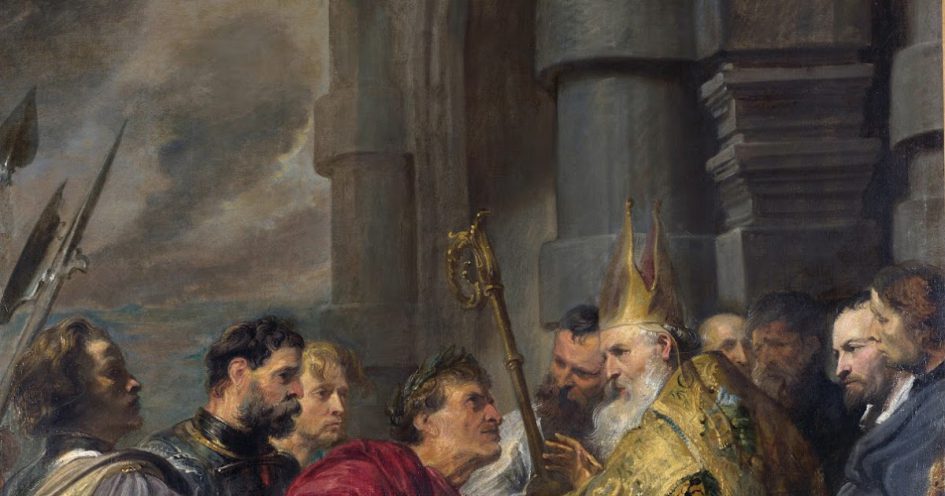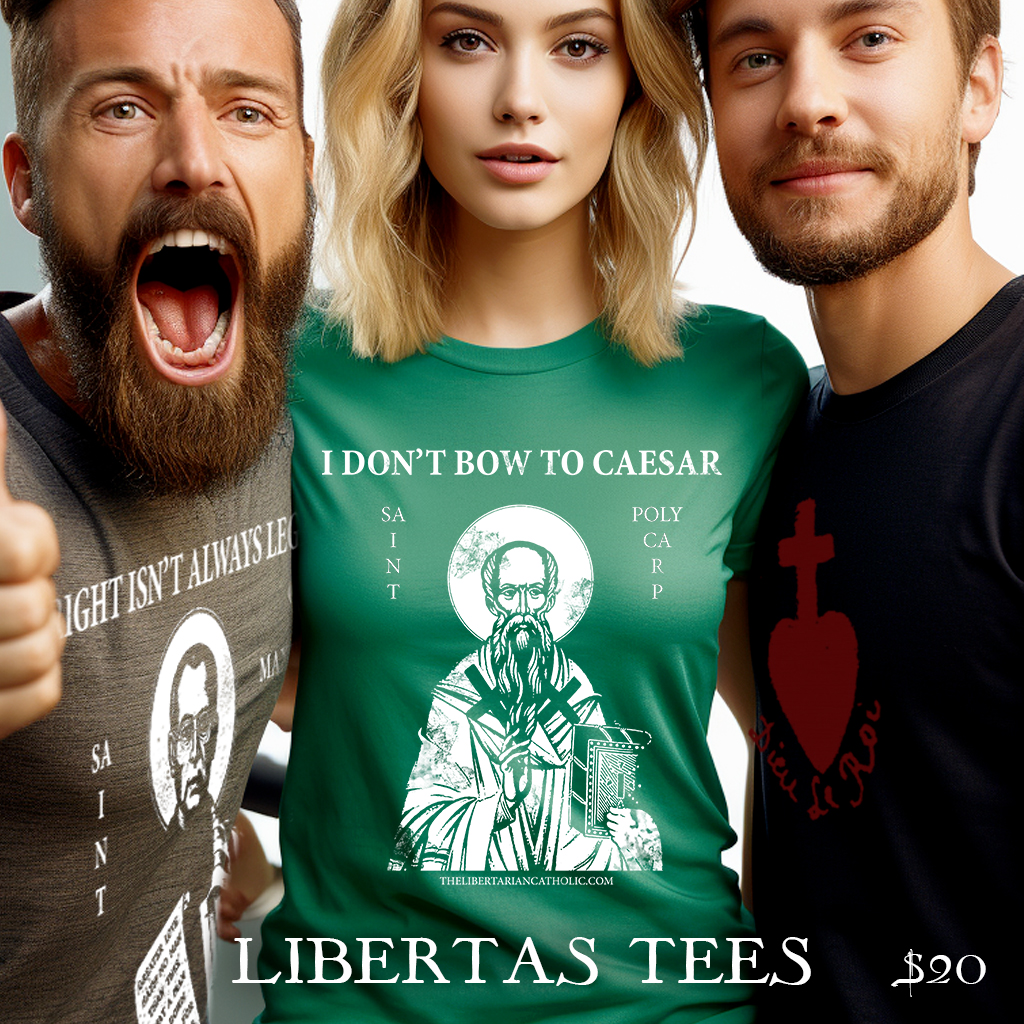In 390 AD the Roman Empire was a far cry from the Empire of Augustus, or Trajan, or even Diocletian. The division between the Western and Eastern Empires – currently ruled by Valentinian II and Theodosius I, respectively – was on the brink of becoming permanent. Christianity, an Eastern cult that had only achieved Imperial recognition in 312, was now the ‘state religion’ of Rome; nominal adherence to Orthodox Christianity was virtually essential for anyone seeking prominence in the Empire.
This year was to witness a showdown between the Imperial state and the Christian Church, however, that served a prelude to events that would rock European history for another millennium. When just a century before Christians were still being fed to the lions, in 390 AD a churchman defied one of Rome’s mightiest emperors, and reduced him to tears.
Thessalonika had long been one of the largest and most prosperous cities of Roman Greece; indeed, Christian historians will recognize that two books of the New Testament were addressed to its fledgling Christian community. Like most large cities in the Roman world, it was also home to a hippodrome where the citizens went to watch chariot races, animal hunts, and public executions.
Like Rome and Constantinople, Thessalonica’s population was divided in loyalties to several different teams of charioteers. Young, usually dashing and handsome, and prone to dying in (occasionally suspicious) accidents, Roman charioteers enjoyed the fanatical support of their fans – a fanaticism that could incite them to acts of ill-considered violence and sedition if they perceived a threat to their idols.
In 390 AD Thessalonika’s garrison was commanded by a man named Botheric, apparently a Gothic chieftain who had entered Roman service. Relations between the Romans and Goths in the years after the Battle of Adrianople (378 AD) had been tumultuous, but had resulted in many Goths settling within Roman borders and receiving posts in the Roman army. These Romano-Gothic soldiers were often subjected to prejudice by the civilian population, and several wholesale massacres of Gothic soldiers are on record.
Botheric had imprisoned one of Thessalonika’s most beloved charioteers; apparently the latter had been caught attempting to rape a slave. A furious mob of Thessalonikans gathered around Botheric’s office, demanding the release of their hero. When Botheric denied this, the mob exploded; Botheric and his aides were literally torn limb from limb and the charioteer was likely rescued from prison.
Emperor Theodosius was then ruling only the Eastern provinces. He was a paradoxical ruler – strong willed, handsome, courageous, and a talented general, but possessing a murderously bad temper. His strict adherence to Orthodox Christianity, and his subsequent persecutions of pagans, Jews, and ‘heretical’ Christians, had done little to endear him to the religious minorities of his Empire. It is in fact Theodosius, not Constantine I, who should be credited with making Christianity the state religion of the Roman Empire.
When word reached Theodosius of the riots in Thessalonika and the murder of Botheric, he exploded in a fit of rage. He sent a messenger to the nearest detachments of the field army, giving them permission to go into Thessalonika and punish its inhabitants as they saw fit – in other words, he gave them permission to indulge in an orgy of looting and bloodshed. After his rage cooled and he gave the matter some thought, he recognized the horrors that could come from the orders he had just issued. He sent a second messenger to Thessalonika to cancel the first orders, but by the time this emissary arrived the damage had been done.
The soldiers waited until a day that games were held in the Thessalonikan Hippodrome before entering the city. Virtually all the citizens were in the amphitheater, giving the soldiers free reign to loot and plunder their houses. Other soldiers entered the Hippodrome with drawn swords and attacked the spectators; in the resulting panicked stampede, an estimated 7,000 people were killed – men, women, and children trampled to death or gutted by the soldiers’ swords.
This butchery sent shockwaves across the Empire, but no one expressed more angry disapproval than Ambrosius of Mediolanum, known modernly as Ambrose of Milan. Ambrose was the most powerful and influential churchman of his day. The son of a Praetorian prefect, he was the highly educated bishop of Mediolanum and had served as an advisor to Theodosius on religious affairs; likely Ambrose was responsible for Theodosius’ edicts against Judaism and paganism.
In punishment for his horrible crime, Ambrose refused to serve Theodosius Communion, offering him restoration in the Church only if he publicly apologized for his sin. Theodosius replied in anger that he was coming to seize Ambrose’s church and drag Ambrose out. Ambrose’s reply was revolutionary in the ancient world: “You have no right to enter a private person’s home. What makes you believe you have the right to enter God’s home?” Theodosius stood down.
Only after eight months of sulking in his Palace did Theodosius finally come before Ambrose. He entered the bishop’s presence bare-headed and tearful, promising to enact a new law that would place at least one month’s delay between a death sentence and its execution. Only then did Ambrose relent and serve the Emperor Communion. Four years later Theodoius died – known to posterity as the most aggressively Christian emperor of the 4th Century.
Though no one at the time would have recognized it, the quarrel between Ambrose and Theodosius after the Thessalonikan Massacre was a remarkable moment in Christian European history. A leader of the church had defied the Emperor and effectively forced him to beg for clemency. Few other events in Late Antiquity reveal the frighteningly quick pace at which the Christian Church was growing in power, or the ever increasing role it would play in the politics of Medieval Europe.
– Sallah
 The Libertarian Catholic
The Libertarian Catholic
















